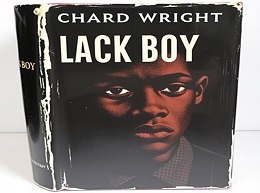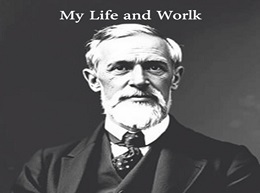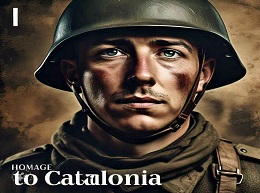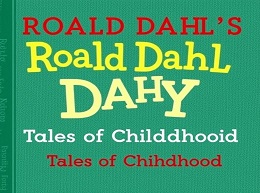Maus
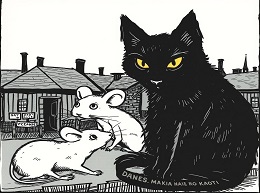
A Comprehensive Review of Art Spiegelman's "Maus"
Art Spiegelman's "Maus" is an iconic graphic novel that has left an indelible mark on both literature and history. Published in two volumes Maus I: My Father Bleeds History in 1986 and Maus II: And Here My Troubles Began in 1991 this Pulitzer Prize-winning work presents a harrowing yet deeply personal account of the Holocaust. "Maus" combines the stark reality of history with the intimate, often fraught relationship between Spiegelman and his father, Vladek. The use of anthropomorphic characters, with Jews depicted as mice and Nazis as cats, provides a unique and powerful lens through which to view these events.
Background and Structure
"Maus" is structured as a meta-narrative, intertwining two primary storylines. The first is Vladek Spiegelman’s recollection of his experiences during World War II, from the rise of Nazism to his survival in Auschwitz. The second narrative thread follows Art Spiegelman’s interviews with his father in the 1970s and 80s, capturing their complex father-son relationship. This dual narrative allows readers to witness the lingering effects of trauma on survivors and their families.
Visual Storytelling
One of the most striking aspects of "Maus" is its visual storytelling. Spiegelman’s use of simple yet evocative black-and-white illustrations conveys a profound sense of starkness and despair. The decision to depict different races and nationalities as different animals mice for Jews, cats for Germans, pigs for Poles adds layers of meaning to the narrative. This anthropomorphism serves to both distance and universalize the characters' experiences, making the horrors of the Holocaust accessible to readers while underscoring the dehumanization inherent in genocide.
Example: The Train to Auschwitz
In one particularly powerful sequence, Vladek describes the train journey to Auschwitz. The claustrophobic, cramped panels effectively convey the suffocating conditions inside the cattle cars. The mice, crammed together with expressions of fear and hopelessness, evoke a visceral reaction. This visual representation, combined with Vladek's sparse, matter-of-fact narration, creates an almost unbearable sense of dread and inhumanity.
Historical Accuracy and Personal Memory
"Maus" stands out for its meticulous historical accuracy. Spiegelman conducted extensive research and numerous interviews with his father to ensure the veracity of the events depicted. However, the narrative is also deeply personal, shaped by Vladek’s subjective memories and perspectives. This blending of historical fact and personal recollection raises important questions about memory, trauma, and the ways in which history is recorded and remembered.
Example: The Reconstructed Diary
Spiegelman includes a scene where Vladek burns his late wife Anja’s diaries, which chronicled her experiences during the Holocaust. Art is devastated by this loss, feeling that a crucial part of his mother’s voice and history has been irrevocably destroyed. This moment poignantly illustrates the fragility of memory and the pain of lost narratives, emphasizing the personal stakes involved in documenting history.
The Father-Son Dynamic
At its core, "Maus" is as much about the relationship between Art and Vladek as it is about the Holocaust. Spiegelman does not shy away from depicting his father’s difficult personality—his frugality, stubbornness, and obsessive behaviors, which are shown to be both a result of and a coping mechanism for the trauma he endured. The tension between father and son adds a layer of complexity to the narrative, highlighting the intergenerational impact of trauma.
Example: The Exercise Bike
In one memorable scene, Vladek, riding an exercise bike, recounts his experiences in Auschwitz. The juxtaposition of this mundane, modern activity with the horrifying memories he shares is striking. It underscores the disconnect between past and present, the normalcy of contemporary life contrasting sharply with the horrors of the past. This scene also emphasizes how the trauma of the Holocaust continues to permeate everyday life for survivors and their families.
Themes of Survival and Guilt
Survival and guilt are recurring themes throughout "Maus." Vladek’s story is one of ingenuity, resourcefulness, and sheer luck. However, his survival is also marked by profound guilt-guilt over those who did not survive, over the compromises he made, and over the seemingly arbitrary nature of life and death during the Holocaust. Art, too, grapples with guilt: survivor’s guilt by proxy and guilt over his complex feelings towards his father.
Example: Richieu’s Photograph
The photograph of Art’s older brother, Richieu, who died during the Holocaust, serves as a haunting reminder of the loss that Vladek and Anja carry with them. Art compares himself unfavorably to the photograph of the perfect, lost child, feeling inadequate and burdened by the legacy of a sibling he never knew. This powerful image encapsulates the pervasive sense of loss and the shadow it casts over the survivors and their descendants.
Impact and Legacy
"Maus" has had a profound impact on both literature and Holocaust studies. It was the first graphic novel to win a Pulitzer Prize, helping to legitimize the medium as a serious form of literature. Its innovative use of visual storytelling has influenced countless artists and writers. Additionally, "Maus" has played a crucial role in Holocaust education, making the history accessible to new generations of readers.
Art Spiegelman’s "Maus" is a groundbreaking work that transcends the boundaries of traditional memoir and graphic novel genres. Through its compelling visual style and layered narratives, it offers a deeply moving and thought-provoking exploration of the Holocaust, memory, and the enduring impact of trauma. Spiegelman’s unflinching honesty and creative storytelling make "Maus" a seminal work that continues to resonate with readers around the world.
For anyone interested in history, graphic novels, or the human condition, "Maus" is an essential read. It not only provides a harrowing account of one of the darkest periods in human history but also offers profound insights into the complexities of family, memory, and survival. Art Spiegelman’s masterpiece remains a poignant and powerful reminder of the past and a testament to the enduring power of storytelling.
